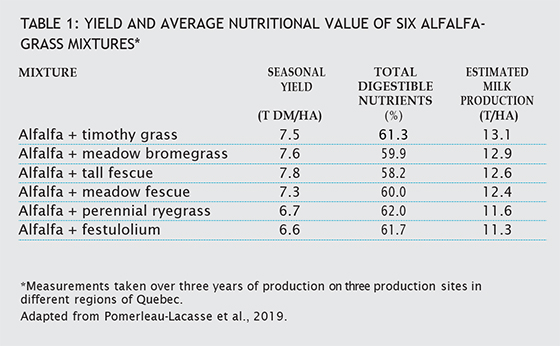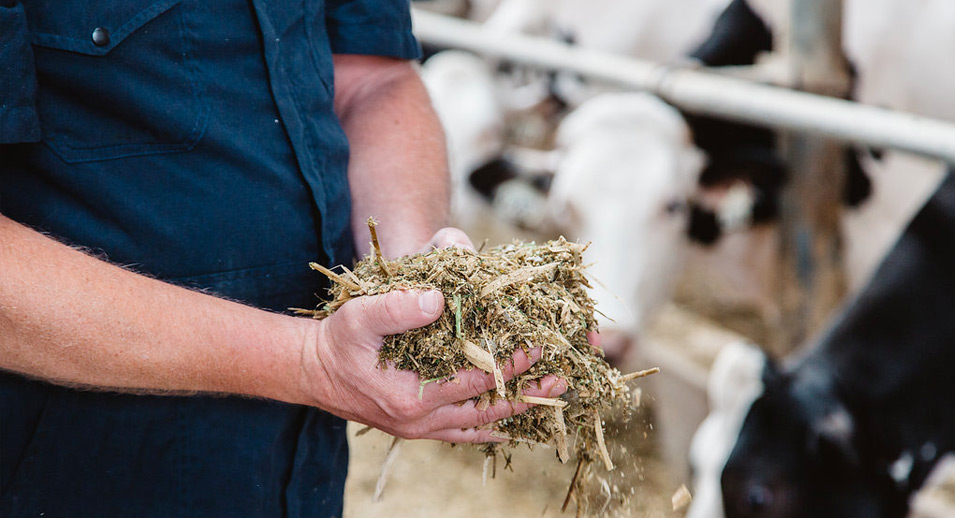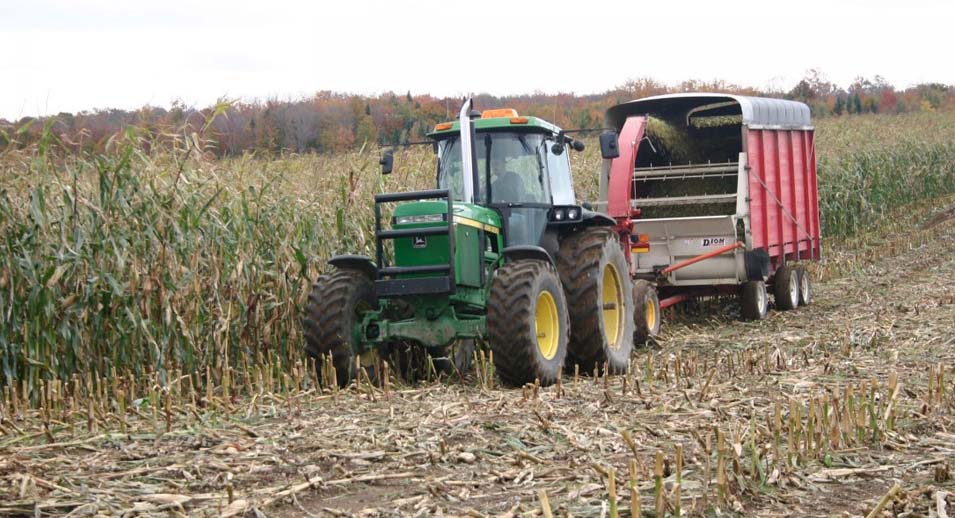How to improve drought resistance in your forage stands
- November 13, 2020
- Le Producteur de Lait Québécois Magazine
Drought can have a disastrous impact on forage yields, with serious consequences for farm performance and finances. To limit the negative effects of future droughts and stabilize your forage yields, a number of strategies can be implemented ahead of time.

In the context of climate change, periods of drought are expected to occur more frequently in the future. Experts report that even if summer precipitation is not expected to change, rising temperatures will inevitably lead to increased evapotranspiration by plants and, consequently, higher water requirements.
With that in mind, forage producers are focusing many of their decisions and practices on ensuring better drought resistance in their grasslands. A productive forage stand that can withstand a lack of water and recover quickly – does such a thing exist?
Integrating the following strategies into your farm practices ensures that your grasslands will be better prepared to continue producing abundant good-quality forages, even when Mother Nature decides not to cooperate.
Opt for More Drought-Tolerant Grass Species
Because of their shallow root system, grasses are the hardest hit by a water shortage. Drought and heat tolerance do vary among grass species, however. Timothy grass, for instance, suffers noticeably during the hot summer months.
A recent study conducted in Quebec revealed that a number of species have the potential to replace our favourite grass. The results presented in Table 1 show that, in binary mixtures with alfalfa, meadow bromegrass, tall fescue and meadow fescue have yields and nutritional values comparable to those of the traditional alfalfa/timothy mixture. Likewise, estimated milk production per hectare is similar for these mixtures. Furthermore, these three grasses show the best tolerance to drought and heat. Another recent study predicts that tall fescue will be the species to adapt most readily to the climate changes expected in Quebec.

In contrast, mixtures of ryegrass or festulolium with alfalfa produced unsatisfactory yields, probably due to higher winterkill.
Use Complex Forage Mixtures
Despite its lower tolerance to drought, timothy grass remains a productive species, and it certainly has a place in forage mixtures. To make it more resilient, it can be seeded in combination with one or more other species to form what is called a complex forage mixture. The risk that several species with different characteristics will be affected by a same phenomenon is lower. Therefore, this strategy works like an insurance policy against weather hazards!
In the same vein, at the Colloque sur les plantes fourragères in 2020, a conference presented the results of a study showing that the greater the number of species in a forage mixture, the more constant the yield over time. Then again, a mixture containing too many species will be more difficult to manage. Depending on your management practices, some species will inevitably be favoured at the expense of others, leading to the disappearance of the latter over time.
A mixture composed of three to five species is a good compromise. The important thing is to make sure the species in the mixture are compatible. Among other traits, they must have similar growth rates and be equally competitive. In the case of pastures, comparable palatability is also imperative.
Diversify Your Forage Crops
Don’t put all your eggs in one basket – that’s the adage that sums up this strategy! A diversified rotation makes the stand less vulnerable to the weaknesses of a single crop, mitigating the risk of poor yields. In addition to conventional perennial forage plants, why not seed annual crops with greater heat resistance, whether as companion crops or pure stands. No need to have all the equipment required for corn silage: there are other annual heat-resistant species you can use.
Producers are increasingly turning to annual grasses, such as Sudan grass or Japanese millet. These species offer generous yields and are largely drought-tolerant. Various annual plants can also be used, such as berseem clover, a legume that offers good drought resistance. Among other factors, your final choice of forage crops will be determined by the conditions specific to your region, as well as your goals in terms of yield and quality.
Promote Root Development
In drought-resistant forage stands, plants will have developed a vigorous root system that allows them to take up as much available water as possible. To promote root development in forage plants, it is especially important to ensure optimal surface and subsurface drainage, to encourage deep root growth. Adequate fertilization is also important, since many nutrients play an essential role in root development.
Finally, liming is a practice that is too often disregarded in grasslands. When the soil pH is too low, which is often the case, nutrients are less available to the plants. In some cases, investing in lime could even be more cost-effective than buying fertilizer. To maximize soil fertility for forage crops, a pH of 6.5 is ideal.
More Resilient Grasslands for Better Risk Management
No one knows when or where the next drought will occur, but we do know there’ll be one, and that others will undoubtedly follow. Such is the reality farming operations are facing today. In any business, risk management involves implementing strategies aimed at dealing with them. Hence, a sound plan for managing the risk of drought involves applying measures that ensure forage stands are more resilient.
THE CHALLENGE IS ON!
Since we have to start somewhere, we are challenging you to adopt at least one of the following strategies for the upcoming season:
- Opt for seed species that are more drought-tolerant
- Seed a complex forage mixture
- Diversify your forage crops
- Check/Improve surface drainage
- Ensure adequate fertilisation
- Apply lime to maintain a pH of 6.5
It may be advisable to begin with trials in a section of the area devoted to forage crops. When the next drought occurs, the difference may be surprising! In any event, it is important to evaluate the implications of the change you plan to make for your operation. This is a good time to discuss the ins and outs with other producers and your farm advisors.











